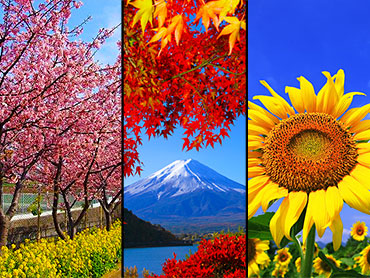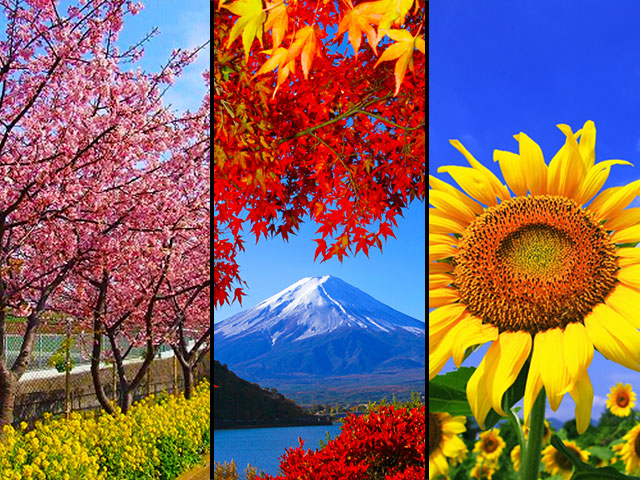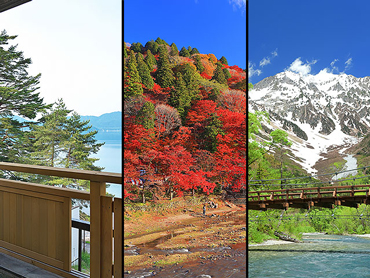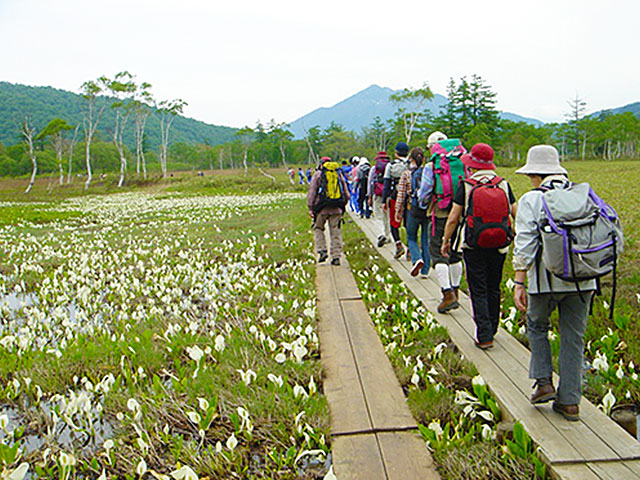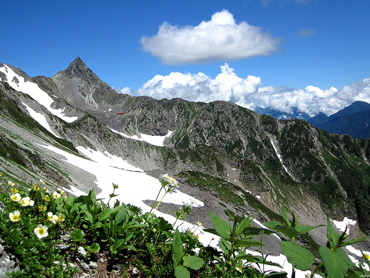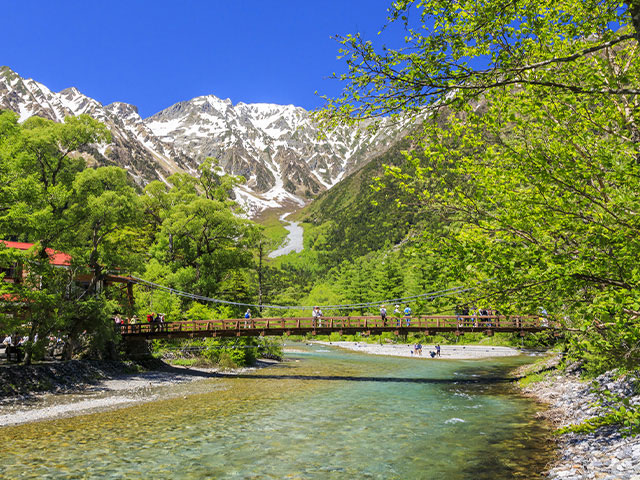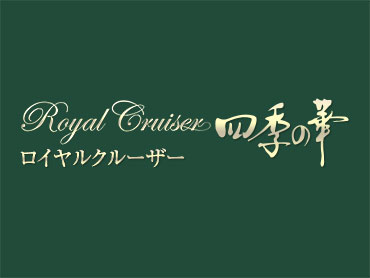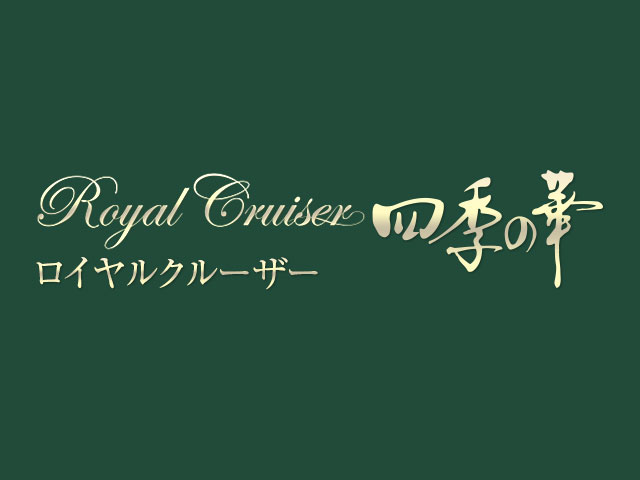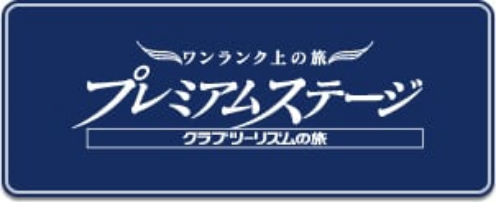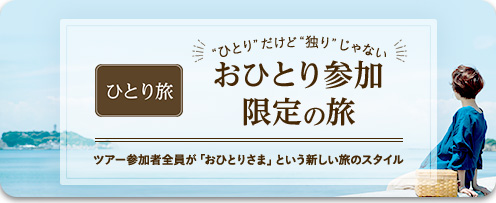Mt Fuji as a World Cultural Heritage Site


Club Tourism 's Mt. Fuji tours and trips. Visit spectacular spots in Shizuoka, Yamanashi, and Kanagawa where you can see Mt. Fuji, as well as tourist spots registered as World Heritage sites. We offer day bus tours, tours that include Accommodation at hot springs, and tours to enjoy hiking and mountain climbing. Tours can be easily searched and booked.
[World Heritage Site] What kind of mountain is Mount Fuji?
Very popular for hiking and the views! Mount Fuji, the highest mountain in Japan at 3,776m above sea level

(イメージ)
日本で一番標高の高い山・富士山(別名不二山)
山梨県と静岡県のはざまに位置する活火山で、日本を象徴する山として多くの人に愛されています。
日本三名山・日本百名山にも選定され、毎年老若男女問わず登山者が絶えない人気スポットです(登山シーズン:7月~8月)。
登山道は4つ(富士宮ルート・須走ルート・御殿場ルート・吉田ルート)あり、五合目までは道路や登山道も整備されていることから、バスや車で訪れる人も多く、晴れていれば眼下に山中湖・富士吉田市・河口湖が一望できる人気観光スポットです。

(イメージ
富士山の起源と歴史の紹介!
富士山が現在のような形になったのはおよそ約1万年程前。
数十万年前に現在の場所で最初の噴火が始まり、何度も噴火を繰り返すことによって積もった火山灰や溶岩が次第に山を形成し、標高3000メートルを越える山に成長したそう。
さらに大規模な噴火が1万1千年ほど前に起こり大量の溶岩が流出!それらが冷え固まった後、風雨にさらされて中心部が崩落、現在のような円錐の上部を切り取ったような姿になったと推測されています!
Mount Fuji and its surrounding areas are nature spots brimming with nature
Mount Fuji is a popular destination for climbing, but the surrounding natural spots are also not to be missed.

(イメージ)
神秘の青木ヶ原樹海
富士山のふもとには富士山噴火の絶大な力を物語る数々の溶岩洞窟が存在します。
その中でも青木ヶ原樹海は、富士山の溶岩流上に形成された樹林として特異な様相を呈しており、多様な動植物と出会うことができる世界に誇れる自然環境となっています。
富士山の北西山麓に広がる約30平方キロメートル・かつては湖だったとされますが、貞観6年(864年)の富士山の大噴火により溶岩や火山灰などで湖面が埋め尽くされました。以後、1200年の年月をかけて原始林が形成され、現在に見られる青木ヶ原樹海となりました。
現在は観光地化され遊歩道などが整備されています。
Fuji Five Lakes + Mysterious Sixth Lake?

富士五湖
富士の麓に点在する富士五湖:山中湖(やまなかこ)・本栖湖(もとすこ)・西湖(さいこ)・精進湖(しょうじこ)・河口湖(かわぐちこ)は、何度となく繰り返された富士山の噴火により溶岩によってせき止められて出来た、せき止め湖と言われています。
幻の湖・赤池
幻の湖は普段は枯渇していますが、富士五湖周辺に大量の雨が降ると精進湖の東に出没するといわれています。それが、赤池(あかいけ)です。
大雨の後という条件が無いと滅多に見られないことから幻の湖と呼ばれています。
通常、7~8年周期で出現すると言われていますが、近年2004年、2011年、2020年、2021年に見られたため、2021年は連続して見られたと話題になりました。
Plants and animals that live on Mount Fuji
Mount Fuji, the highest mountain in Japan, has a diverse natural environment and is home to a diverse range of flora and fauna throughout the seasons.
From the alpine zone above 2,500m to the hill zone below 700m, countless plants and animals live here, forming a magnificent distribution of flora.
Many plants and animals can be observed along the mountain trails. If you are familiar with the nature of Mount Fuji, you will be able to enjoy climbing even more.
Mt.Fuji vertical distribution of flora and fauna
Alpine zone
- Plants:
Carex rocks, Rock clover, Ondade, Hedera membranacea, Fujihataza, etc.
- Animals:
Weasels, rock larks, stoats, Japanese serows, Japanese field mice, starlings, dormice, foxes, etc.
Subalpine Zone
- plant:
Fuji thistle, Hakusan rhododendron, Kana lily, Meigetsusou, Veitchii marigold, Purple fir, Unoichiyakusou, etc.
- animal:
Badger, weasel, wild boar, fox, raccoon dog, Asiatic black bear, flying squirrel, hare, squirrel, etc.
You can predict the weather from the clouds over Mt. Fuji!
In the foothills of Mount Fuji, there are proverbs related to Mount Fuji and clouds, such as "A single cap among the clouds covering the mountaintop is a sign of rain" and "A detached cap in the sky above the peak is a sign of good weather." People have used the appearance of clouds to predict the weather and have used this information for farming and daily life.
Look at the shape of the clouds over Mount Fuji and predict the weather and temperature.

はなれ笠(晴れ)
晴天の前兆
山頂から雲が離れ、浮かんでいるように見える雲

ひとつ笠(雨)
雨の前兆
山頂に帽子をかぶったように見える雲。春から夏に多く見られる

よこすじ笠(風雨)
雨や風がしだいに強くなる前兆
笠が幾重にも重なっているように見える雲。夏に多い

かいまき雲(風雨)
雨や風がしだいに強くなる前兆
雲が山頂を包み込み、「掻巻」 (袖のついた寝具)を着たように見える雲。秋に多い
Spring, Summer, Autumn and Winter Outing Calendar
There are lots of seasonal events taking place around Mt. Fuji! We'll introduce you to some events that are full of highlights.
\春のおすすめ/

(イメージ)
富士芝桜まつり
- 開催場所:
山梨県 本栖湖近辺
- 開催期間:
4月中旬~5月下旬
■その他おすすめイベント
ふじざくらまつり、河口湖ハーブフェスティバルなど
\夏のおすすめ/

(イメージ)
富士山登山
- シーズン:
7月~8月
■その他おすすめのイベント
富士山太鼓まつり、河口湖天上山公園のアジサイ、吉田の火祭り・すすき祭りなど
\秋のおすすめ/

(イメージ)
富士河口湖紅葉まつり
- 開催場所:
山梨県 河口湖近辺
- 開催期間:
10月下旬~11月下旬
■その他おすすめイベント
山中湖夕焼けの渚 紅葉まつりなど
\冬のおすすめ/

(イメージ)
時之栖イルミネーション
- 開催場所:
静岡県 御殿場市
- 開催時期:
11月下旬~3月上旬
■その他おすすめのイベント
西湖こおりまつり、河口湖冬花火など



